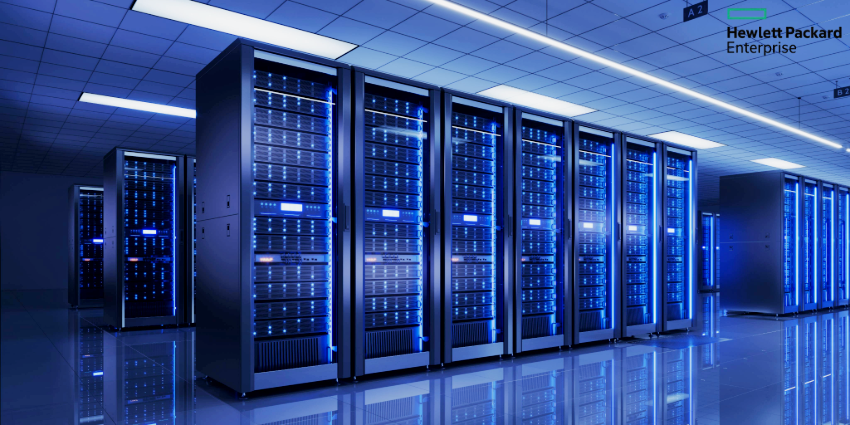Hewlett Packard Enterprise (HPE) has introduced a suite of new AI-focused networking solutions at Mobile World Congress 2025, highlighting the company’s commitment to helping telecommunications providers leverage artificial intelligence to create new revenue streams and enhance service capabilities.
AI Creates “Monumental Impact” on Telecommunications
Phil Mottram, Executive Vice President and General Manager of HPE Aruba Networking, emphasised the transformative potential of AI for the telecommunications industry:
The market inflection that AI presents will have a monumental impact on networking, edge, and data centre innovations for the telecommunications industry.
According to Mottram, AI is “opening up new revenue streams, new services, and new capabilities that telcos can provide to their customers,” positioning HPE Aruba Networking as an innovation leader helping service providers build next-generation networks specifically designed to maximise AI opportunities.
Precision Timing: Critical for AI Workloads
One of the centrepieces of HPE’s announcements is the new HPE Aruba Networking CX 8325P network switch, which delivers nanosecond accuracy crucial for AI applications. This precision timing capability is being promoted as essential infrastructure for:
- AI workloads requiring ultra-low latency
- Autonomous vehicles
- Manufacturing automation
- Robotics applications
- Cloud Radio Access Networks (C-RAN) deployments
Unlike competing solutions that rely on satellite-based Precision Time Protocol (PTP) communication, HPE has embedded enterprise and telco PTP support directly in the network, eliminating separate timing appliances while introducing fail-safe redundancy.
Will Townsend, VP & Principal Analyst at Moor Insights & Strategy, noted that, “many of these applications, including modern AI workload support, rely on precise nano-second timing and ultra-low latency profiles,” which the new switch is specifically designed to address.
Next-Generation Computing for AI at the Network Edge
HPE also showcased its next-generation HPE ProLiant Compute DL110 Gen12 server, based on Intel’s new Xeon 6 Granite Rapids-D chipset. This server is optimised for telecommunications deployments at the far edge of networks, providing the computing power necessary for AI processing closer to where data is generated.
The expanded performance capabilities are essential for Open RAN deployments, supporting HPE’s vision of modernised networks capable of handling sophisticated AI workloads at the network edge. This aligns with the industry trend toward distributed AI processing, where intelligence is shifted closer to data sources to reduce latency and bandwidth usage.
Preparing Data Centres for AI Demands
As telecommunications providers face growing pressure to support increasingly complex AI applications, HPE is also focusing on data centre readiness. The company is showcasing turnkey private cloud solutions specifically engineered for AI workloads, helping telcos prepare their infrastructure for next-generation AI services.
These solutions address key challenges in AI deployment, including processing power, storage optimization, and energy efficiency—all critical factors as AI models continue to grow in size and complexity.
Strategic Partnerships Enhance AI Capabilities
HPE’s partnership with T-Mobile represents another facet of its AI strategy; delivering enterprise-grade, secure networking solutions that can support AI applications across various scales. This collaboration combines T-Mobile’s Connected Workspace Program with HPE networking hardware to create infrastructure capable of supporting modern AI workloads.
Industry analysts see HPE’s concentrated focus on AI as a strategic move to position itself at the forefront of telecommunications infrastructure as networks continue to evolve toward greater intelligence and automation.
With these announcements, HPE appears determined to establish itself as an essential partner in building the foundation for next-generation AI applications across industries.








